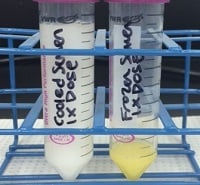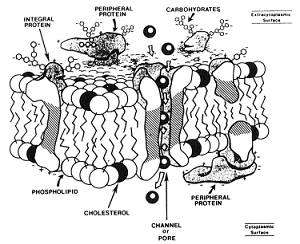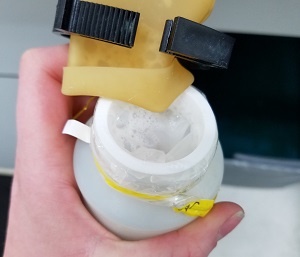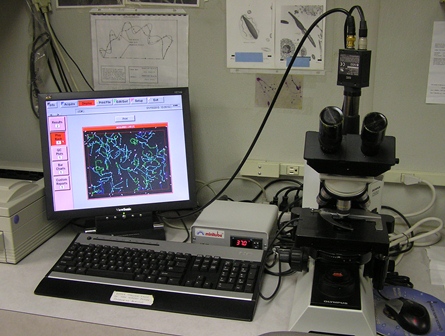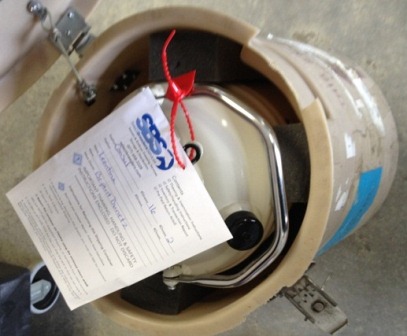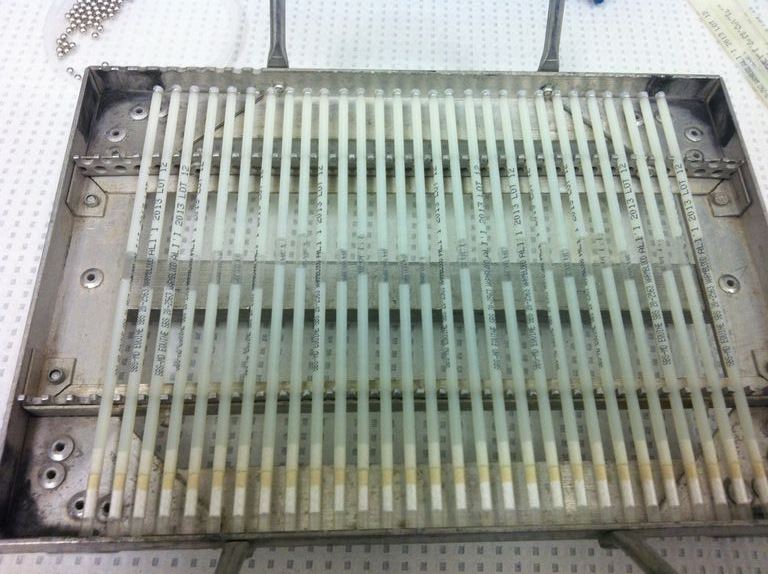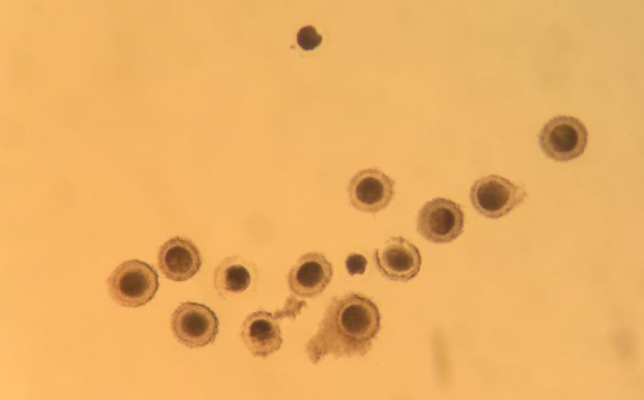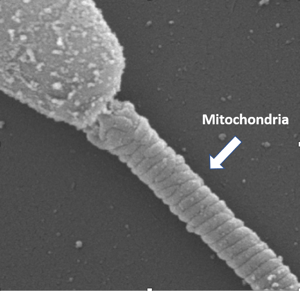
The sperm mitochondrion (pictured left) is one of the most damaged organelles during cryopreservation and is likely responsible for the majority of loss in motility and fertility after a freeze-thaw cycle. Our laboratory at UC Davis has focused on developing an increased understanding of mitochondrial bioenergetics in sperm that could provide strong rationale for marked improvement in preservation and assisted reproduction techniques.
